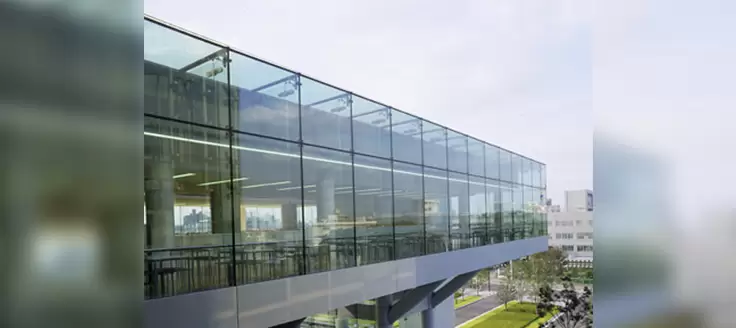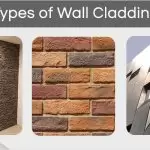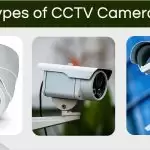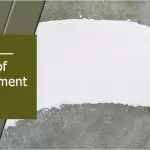Low-emissivity glass is a normal glass to which a coating is applied so to improve the overall performance of glass while emissivity indicates the ability of a material to radiate energy. Low-e glass plays a very important role in buildings having a large expanse of glass facades.
Post your Requirement
Sunlight mainly comprises of visible light that helps us to see things, UV light that damages skin, fabrics to create a fading effect and infra-red rays which is mainly heat. Hence glass is coated with a microscopically thin coating of metallic oxides that can radiate energy and is invisible to the naked eye. They have been developed so as to minimize the quantity of ultra violet or infra-red rays that can pass through without compromising on the quantity and quality of visible light. The coating also improves the insulating properties of glass.
This is how a low-e glass works in winters and summers-
- In winters the light is allowed to enter into the house from the exteriors but the heat is reflected back into the interiors. This results in indoor temperatures remaining warm and no extra energy required for heating up the interiors.
- In summers light is allowed to penetrate from the outside to the inside but the heat on the exteriors is reflected back. This results in no extra energy required for cooling the interiors.
Types of Low-E coatings
There are basically two types of low-e coatings used on glass
Hard coat low-e coating –
- When the glass is in a molten state a tin coating is poured on the sheet of glass to form a hard coat.
- Hard coat is highly durable and can be permanently bonded on the windows and doors.
Enquire Now for UPVC Windows
Soft Coat –
- After the glass is made particles of zinc, silver or titanium are applied to the glass in a vacuum chamber.
- The soft coat is very delicate and may oxidize when exposed to air. Hence it is primarily used in double or triple glazed windows where the soft coating of the glass faces the inert gas chamber.
Soft coat low-e glass is more efficient in reflecting heat energy than hard coat low-e glass.
Advantages of low-E glass
- Low-e glass acts as a barrier and controls the amount of UV light that can pass through the glass. It therefore protects fabrics, leather, paintings, carpets and photographs from the fading effect of sunlight.
- It helps in improving the energy efficiency of the home.
- There is a considerable savings in the electricity bills due to the efficiency of the glass.
- Low-e glass windows perform much better than normal single glazed windows or normal double glazed windows.
- Low-e glass can limit the amount of condensation that may occur due to temperature difference between the outside and the inside of the building.
Disadvantage of Low-E glass
- The main disadvantage of low-e glass is that the cost of glass and installation of low-e glass windows is very expensive. However it becomes sustainable in the long run with savings in electricity bills.























Post A Comment